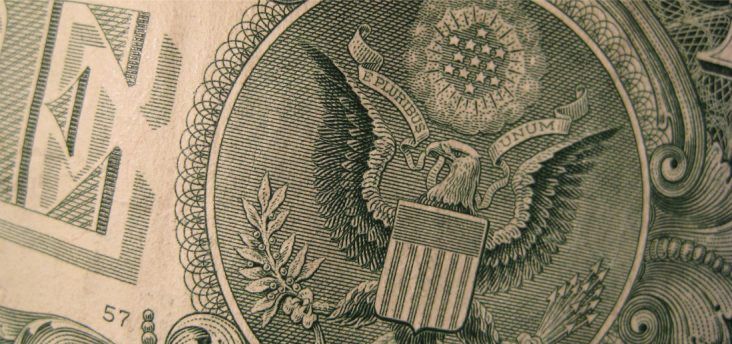Personal income, savings on the rise in 2021
by March 10, 2021 11:27 am 568 views

It’s been a year since the COVID-19 pandemic swept the world and there are signs that the turbulent economy, a side impact of the virus, might be on an upswing. Personal income rose in January, as did consumer savings and spending on food outside of the home, according to the February Personal Income and Outlays Report from the Bureau of Economic Analysis.
Compared to December 2020, personal income increased by 10% in January.
“This is quite a large change from one month to another, and it primarily reflects the impact of relief payments to households authorized under the Coronavirus Response and Relief Supplemental Appropriations Act, which went into effect two days after Christmas,” economist John Anderson said. “Government social benefits increased by more than 50% in January compared to the prior month.”
Anderson said most of that increase was accounted for by the economic impact payments authorized under that act. Anderson, who works for the University of Arkansas System Division of Agriculture, has been providing analysis of the impacts of the COVID pandemic on the U.S. economy.
The January payments were the second round of stimulus. The first, under the March 2020 Coronavirus Aid, Relief and Economic Security Act, were larger than the payments made in January. During the first round, personal income rose 12% from the prior month.
Farm proprietor’s income fell by more than 20% in January compared to December 2020.
“This drop corresponds to the winding down of round two of the Coronavirus Food Assistance Program,” Anderson said. “According to the U.S. Department of Agriculture, that program has paid out about $13.3 billion to farmers for a variety of products including commercial row crops, specialty crops, livestock, and poultry. Payments under CFAP2 to Arkansas farmers has totaled $181 million.”
Consumer spending rose just over 2% in January compared to the previous month, rising in all major categories, the report said.
“Spending on food services, or food away from home, was up by about 6% in January after a couple of months of slight decline; however, it remains well below pre-pandemic levels,” he said. “It’s not surprising that spending on food for at-home consumption remains well above pre-pandemic levels.”
COVID restrictions on seating and risk-avoidance by consumers, “appear to still be having a significant effect on consumer spending patterns when it comes to food purchases. It will be interesting to see how food service spending develops as COVID vaccination increases over the next couple of months,” Anderson said.
With sharply higher incomes and only modestly higher consumer spending, the savings rate for January was up considerably from the prior month. Anderson said this pattern has been consistent throughout the pandemic, with support payments largely being banked by recipients.
“Pre-pandemic, the personal savings rate averaged between 7 and 8%,” he said. “During the pandemic, the savings rate has been as high as 33.7% when the first CARES Act payments went out in April 2020, to as low as 12.5% in November. In January, with the latest coronavirus relief payments hitting consumers’ accounts, the savings rate jumped back up to 20.5%.”
More economic stimulus could be on the way from the federal government. The U.S. House and Senate, along party lines, passed a $1.9 trillion stimulus package which includes $1,400 payments for qualified recipients.
Individuals who make $75,000 or less are eligible for the full payment, as are couples who make $150,000 combined or less. Individuals who make up to $80,000 are eligible for partial stimulus payments as are couples that make up to $160,000.
